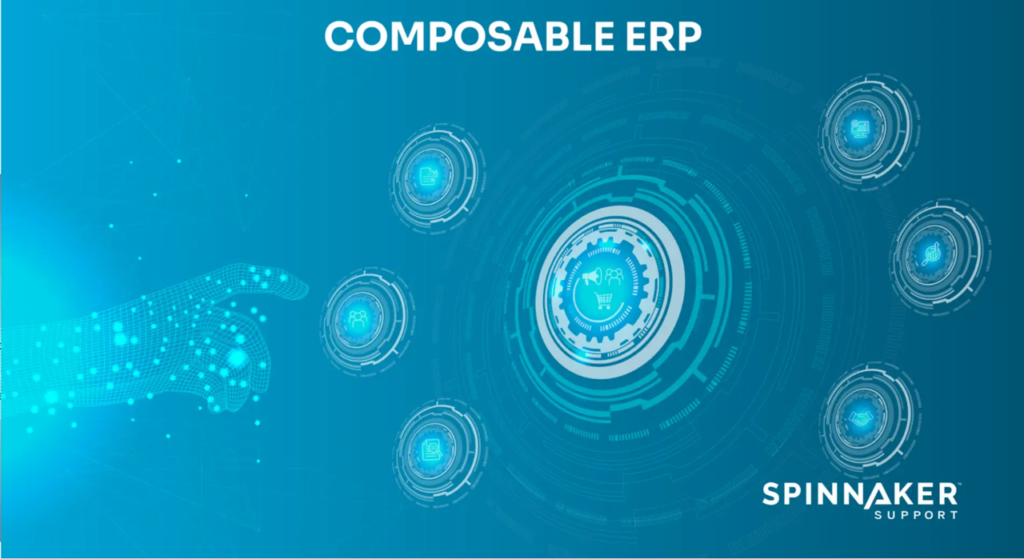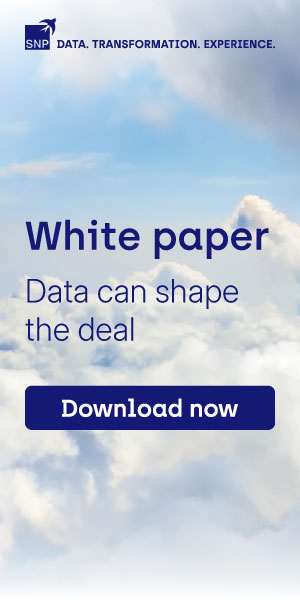Many organizations are heads down right now, preparing for a move to the cloud.
SAP and Oracle users are being forced into cloud migration, but many other businesses are jumping at the opportunity to relinquish on-premises application management for a cloud- or hybrid on-premises/cloud architecture. And that means dealing with a lot of data, and a lot of applications.
Connecting Everyone to Everything
When it comes to your ongoing or pending ERP modernization initiative, the thought of connecting everything can seem, well…overwhelming.
As a typical ERP solution can have literally hundreds of applications and corresponding data sets, it’s not really a question of connecting everything. It’s actually more a question of being able to use everything in a way that’s going to benefit the business.
A Composable ERP Strategy
A composable ERP strategy is a key part of making those optimized connections a reality. You can break down critical pieces of your ERP application into functional areas, prioritizing what and when to upgrade while keeping other pieces intact.
The right integration platform is critical to enabling that shift.
Your end goal with any major project should be about creating those experiences for your customers, your partners, and your employees that will transcend a business transaction to create a relationship that will grow — grow a customer base, grow revenues, grow geographies.
Your ERP application is the skeleton on which to build, and the data within it and across your entity is the blood that will provide nourishment and strength.
Realize the Value of Your Data
With the data you hold, you’re looking for:
- Pervasive Connectivity between business silos that can provide easy access to what everyone needs — the information your customers need and the insights your team is looking for.
- Data Readiness to ensure that your data is trusted, secure, and accurate so that your people can make the best decisions for the business.
- User Engagement through smooth user interactions and automated workflows that deliver blue-ribbon experiences while also saving time and resources.
And you can do that with smart integration as part of a composable ERP strategy.






